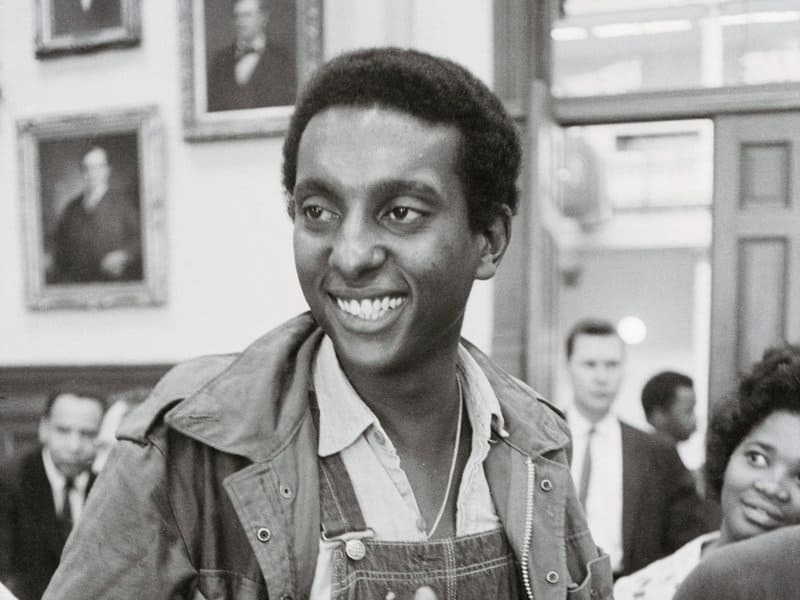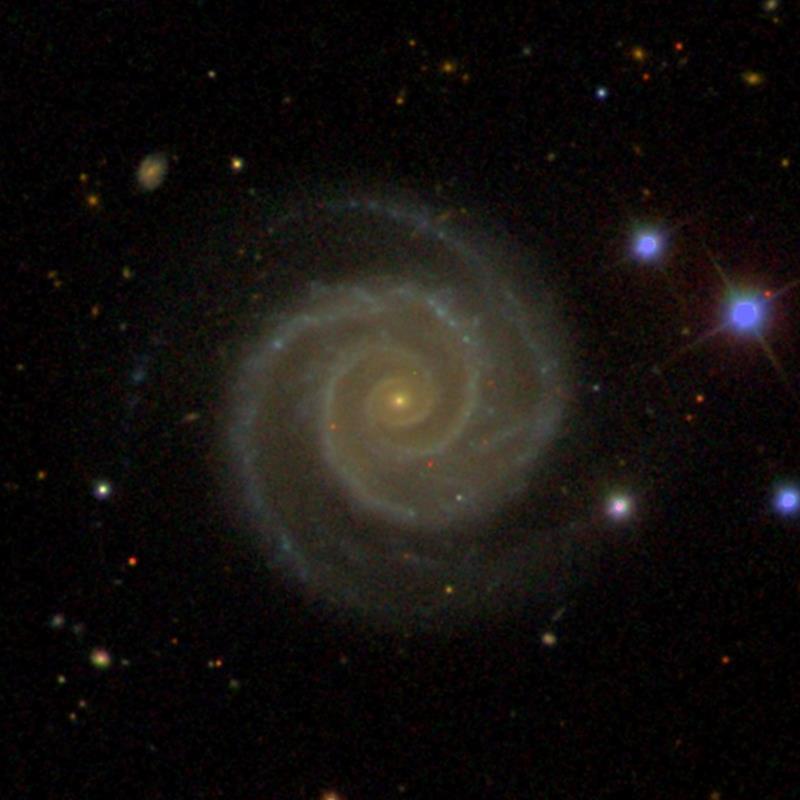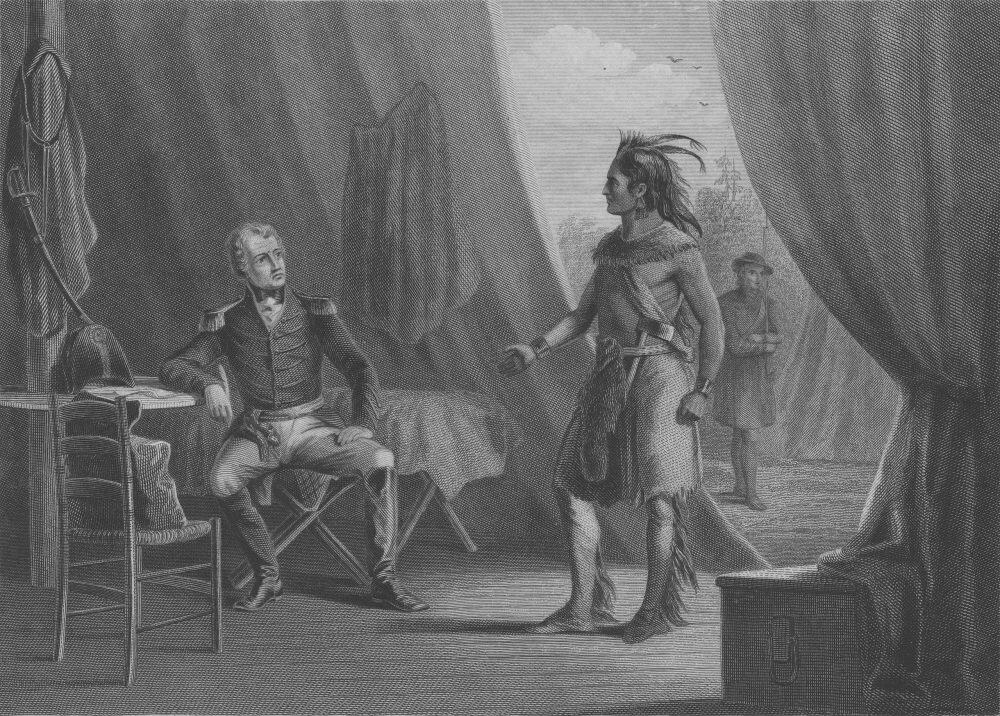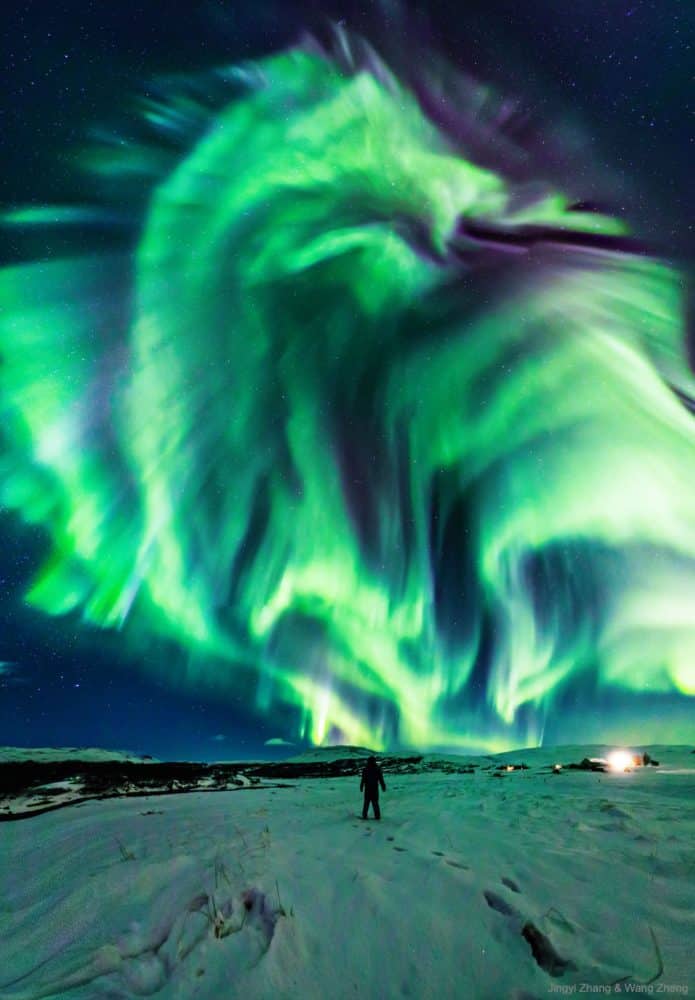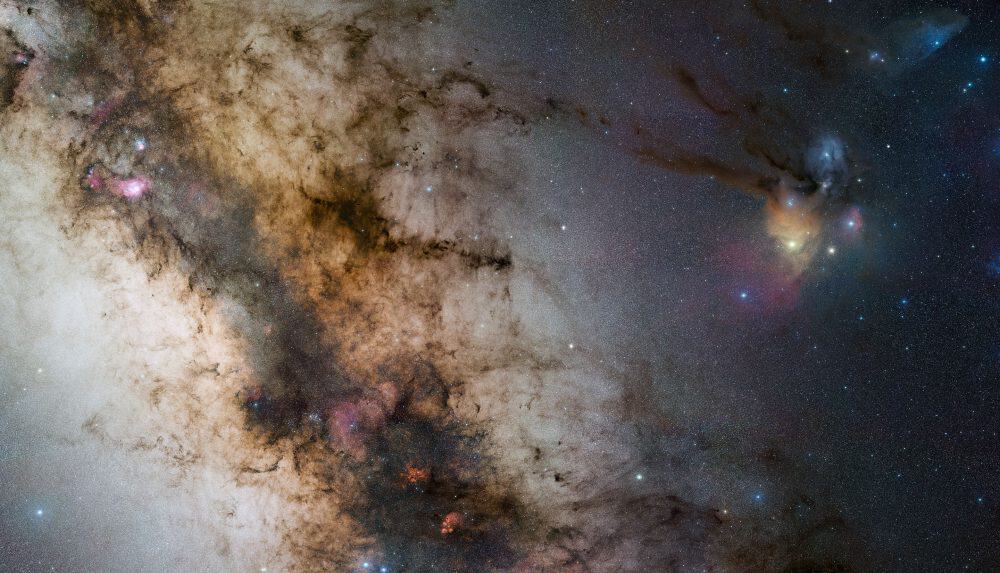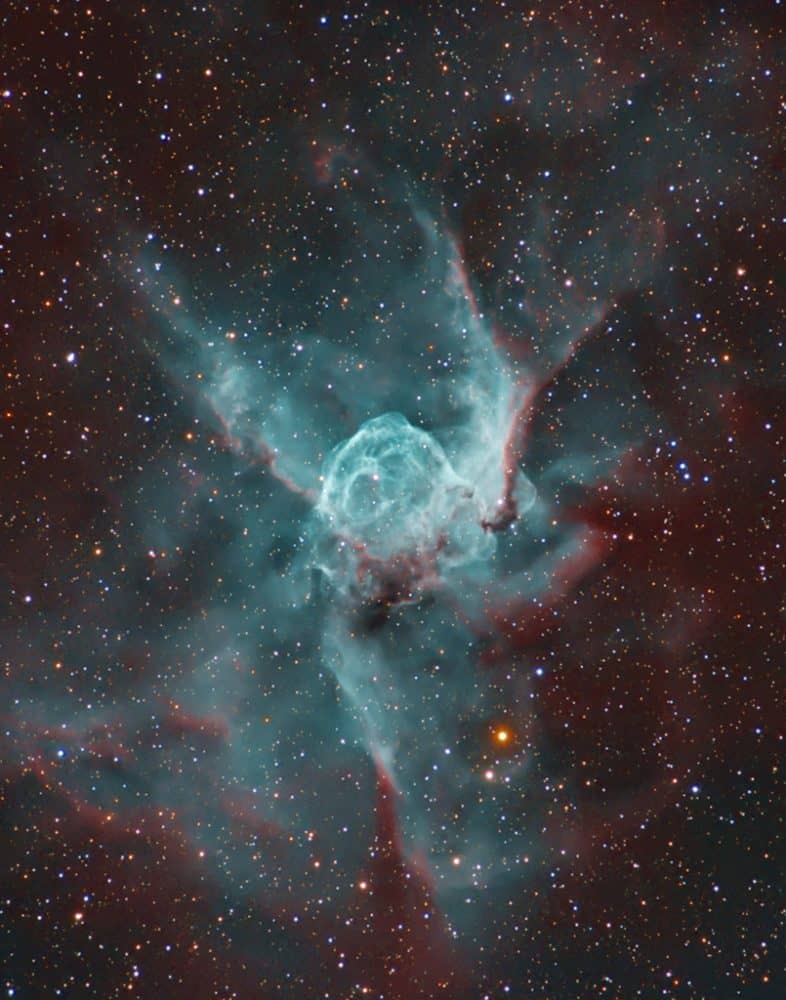Blog
“There is a higher law than the law of government. That’s the law of conscience.” Stokely Carmichael
more...NGC 2857 (also known as Arp 1 and PGC 26666) is a spiral galaxy in the constellation Ursa Major. It was discovered on January 9, 1856 by R. J. Mitchell.
NGC 2857 is the first object in Halton Arp’s Atlas of Peculiar Galaxies, and one of six Arp objects in the ‘Low Surface Brightness Galaxies’ section. Distance 69.050 ± 00 kpc
more...
William “Smokey” Robinson Jr. (born February 19, 1940) is an American singer, songwriter, record producer, and former record executive. Robinson was the founder and frontman of the Motown vocal group the Miracles, for which he was also chief songwriter and producer. Robinson led the group from its 1955 origins as “the Five Chimes” until 1972 when he announced a retirement from the group to focus on his role as Motown’s vice president.
However, Robinson returned to the music industry as a solo artist the following year. Following the sale of Motown Records in 1988, Robinson left the company in 1990. He was inducted into the Rock and Roll Hall of Fame in 1987. Robinson was awarded the 2016 Library of Congress Gershwin Prize for his lifetime contributions to popular music. Smokey Robinson was born to an African-American father and a mother of African-American and French ancestry into a poor family in the North End area of Detroit. His uncle Claude gave him the nickname “Smokey Joe” when he was a child. He attended Northern High School, where he was above average academically and a keen athlete, though his main interest was music and he formed a doo-wop group named the Five Chimes. At one point, he and Aretha Franklin lived several houses from each other on Belmont; he once said he has known Franklin since she was about five.
more...Louis “Kid Shots” Madison (born February 19, 1899 in New Orleans , † September 1948 ibid) was an American jazz trumpeter ( cornet ).
Madison taught cornet lessons with Davey Jones , Joe Howard and Louis Dumaine . In his youth, he played in a street band with Louis Armstrong (where he took over the drums). He played in the Eagle Brass Band and from 1923 to 1925 in the Original Tuxedo Orchestra by Oscar Celestin . He then spent a year in the band of William Ridgley and in the Great Depression in the State-sponsored Worker’s Program Association brass band in New Orleans. In the 1940s he played in the Young Tuxedo Band and in the Eureka Brass Band . In the 1940s he had a day job at the health department and evening play at the Cadillac Club and later at Lake Pontchartrain . In 1948 he had a stroke and gave up the music.
He recorded with George Lewis and in 1945 in a band directed by Bunk Johnson .
more...https://www.youtube.com/watch?v=nCEY9wrKb5M
more...“Angry people want you to see how powerful they are. Loving people want you to see how powerful you are.” Chief Red Eagle
more...
Have you ever seen a dragon in the sky? Although real flying dragons don’t exist, a huge dragon-shaped aurora developed in the sky over Iceland earlier this month. The aurora was caused by a hole in the Sun’s corona that expelled charged particles into a solar wind that followed a changing interplanetary magnetic field to Earth’s magnetosphere. As some of those particles then struck Earth’s atmosphere, they excited atomswhich subsequently emitted light: aurora. This iconic display was so enthralling that the photographer’s mother ran out to see it and was captured in the foreground. No sunspots have appeared on the Sun so far in February, making the multiple days of picturesque auroral activity this month somewhat surprising.
more...Roy Burrows (also Roy Burrows , born February 18, 1930 in Kingston (Jamaica) , December 2, 1998 in London ) was a jazz trumpeter and flugelhorn .
Originally from the Caribbean island of Jamaica Roy Burrowes began his career in the United States in the early 1960s in the Duke Ellington Orchestra , listening to albums such as Featuring Paul Gonsalves (1962), In the Uncommon Market or The Great Paris Concert (1963). He appeared in 1965 on Clifford Jordan’s Leadbelly album These are my Roots ; with Jordan also the album Reggae Au Go Jazz was created for the legendary Studio One .
He became better known in the early 1970s through his membership in the band of Archie Shepp ; he was on his albums Things Have to Got Change (1971), Attica Blues (1972) and There’s a Trumpet in my Soul (1975) to hear; For the last production he composed together with Beaver Harris the title “Down in Brazil”.
In 1979, he was a member of the Walter Davis Company with Johnny Dyani and Clifford Jarvis ( Blues Walk ). In 1980, the only album Burrowes released under his own name, a live recording from Paris with a quintet, which he directed with Mal Waldron ( Live at Dreher ). From later time there are no recordings with Roy Burowes.
more...Frank Butler (February 18, 1928 – July 24, 1984) was an American jazz drummer.
Butler was born in Kansas City, Missouri, but later moved west and was associated in large part with the West Coast school. He played the drums in multiple high school bands (including one in Omaha, Nebraska), in local jazz combos, and in USO shows during World War II.
Butler never became well known, but was highly regarded by fellow musicians (in 1958, veteran drummer Jo Jones proclaimed him “the greatest drummer in the world”) and performed with numerous jazz notables. His big debut was as the drummer for the Dave Brubeck combo at a 1950 engagement in San Francisco. He went on to perform with Duke Ellington, John Coltrane, Miles Davis and Art Pepper in the 1950s and 1960s. He performed on several television series, including Stars of Jazz with bassist Curtis Counce. The Contemporary label noticed Butler and Counce, and, from 1956 through 1958, captured them together on several Curtis Counce Quintet albums. Sidelined for many years by an addiction to heroin, Butler did not record albums under his own name until the 1970s, when he released two highly regarded albums titled Wheelin’ and Dealin’ and The Stepper.
Butler died in Ventura, California at the age of 56.
https://www.youtube.com/watch?v=lJz4wdI6nvQ
more...“If you want to have a life that is worth living, a life that expresses your deepest feelings and emotions and cares and dreams, you have to fight for it.” Alice Walker
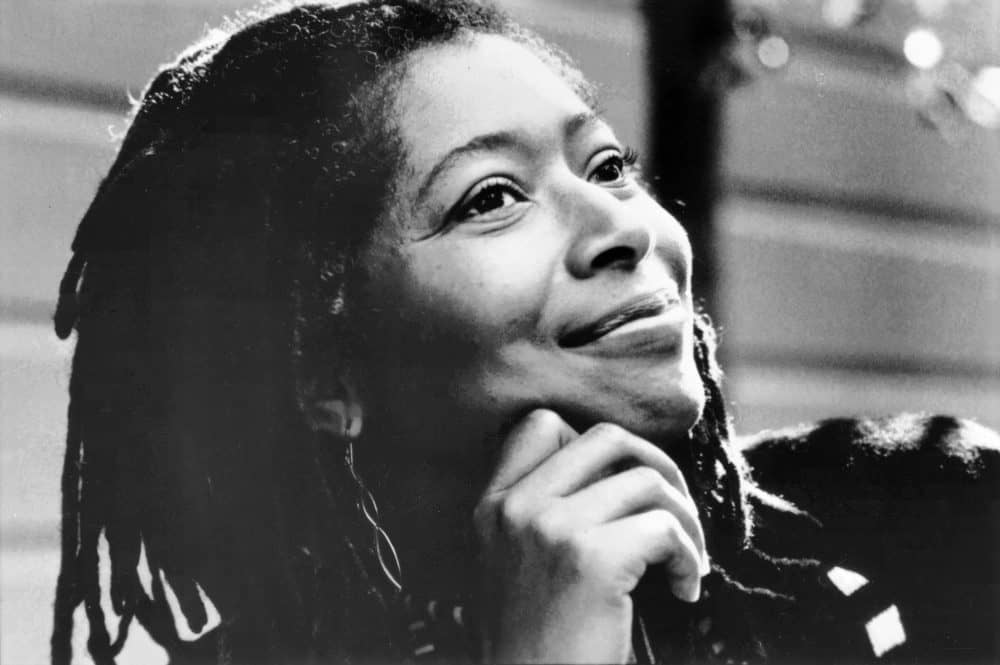
more...
Jeremy Webster “Fred” Frith (born 17 February 1949) is an English multi-instrumentalist, composer, and improvisor.
Probably best known for his guitar work, Frith first came to attention as one of the founding members of the English avant-rock group Henry Cow. He was also a member of the groups Art Bears, Massacre, and Skeleton Crew. He has collaborated with a number of prominent musicians, including Robert Wyatt, Derek Bailey, the Residents, Lol Coxhill, John Zorn, Brian Eno, Mike Patton, Lars Hollmer, Bill Laswell, Iva Bittová, Jad Fair, Kramer, the ARTE Quartett, and Bob Ostertag. He has also composed several long works, including Traffic Continues (1996, performed 1998 by Frith and Ensemble Modern) and Freedom in Fragments (1993, performed 1999 by Rova Saxophone Quartet). Frith produces most of his own music, and has also produced many albums by other musicians, including Curlew, the Muffins, Etron Fou Leloublan, and Orthotonics.
Frith is the subject of Nicolas Humbert and Werner Penzel’s award-winning 1990 documentary Step Across the Border. He also appears in the Canadian documentary Act of God, which is about the metaphysical effects of being struck by lightning. Frith has contributed to a number of music publications, including New Musical Express and Trouser Press, and has conducted improvising workshops across the world. Frith’s career spans over four decades and he appears on over 400 albums. He still performs actively throughout the world.
Currently Frith is Professor of Composition in the Music Department at Mills College in Oakland, California. He lives in the United States with his wife, German photographer Heike Liss, and their children, Finn Liss (born 1991) and Lucia Liss (born 1994).
Frith was awarded the 2008 Demetrio Stratos Prize for his career achievements in experimental music. The prize was established in 2005 in honour of experimental vocalist Demetrio Stratos, of the Italian group Area, who died in 1979. In 2010 Frith received an honorary doctorate from the University of Huddersfield in West Yorkshire, England in recognition of his contribution to music.
Frith is the brother of Simon Frith, a music critic and sociologist, and Chris Frith, a psychologist at University College London.
more...Noble “Thin Man” Watts (February 17, 1926 – August 24, 2004) was an American blues, jump blues and rhythm and blues saxophonist. He primarily played tenor saxophone. The AllMusic journalist, Bill Dahl, considered Watts “one of the most incendiary […] fire-breathing tenor sax honkers” of the 1950s.
https://www.youtube.com/watch?v=bj0iXWLZJgU
more...https://www.youtube.com/watch?v=U70PmL97wss
more...NGC 2359 is a helmet-shaped cosmic cloud with wing-like appendages popularly called Thor’s Helmet. Heroically sized even for a Norse god, Thor’s Helmet is about 30 light-years across. In fact, the helmet is more like an interstellar bubble, blown as a fast wind from the bright, massive star near the bubble’s center inflates a region within the surrounding molecular cloud. Known as a Wolf-Rayet star, the central star is an extremely hot giant thought to be in a brief, pre-supernova stage of evolution. NGC 2359 is located about 15,000 light-years away in the constellation Canis Major. The remarkably detailed image is a mixed cocktail of data from broadband and narrowband filters that captures natural looking stars and the glow of the nebula’s filamentary structures. It highlights a blue-green color from strong emission due to oxygen atoms in the glowing gas.
more...More Posts
- Jan Hammer
- Buster Williams
- Johnny St. Cyr
- Chavela Vargas
- World Music with the Kasai Allstars
- Daily Roots with Bob & Tie
- Club Calabash 45
- The Cosmos with NGC 4038/39
- John Littlejohn
- Herbie Mann
- Bennie Green
- Alton Purnell
- Flamenco Fridays con Alonso Núñez Fernández, ‘Rancapino Chico’ y Antonio Higuero
- Daily Roots with Culture
- The Cosmos with NGC 3690
- Roy Clark
- Herb Pomeroy
- Richard Davis
- World Music with Sudeshna Bhattacharya and Tanmoy Bose
- Daily Roots with the Soul Vendors
